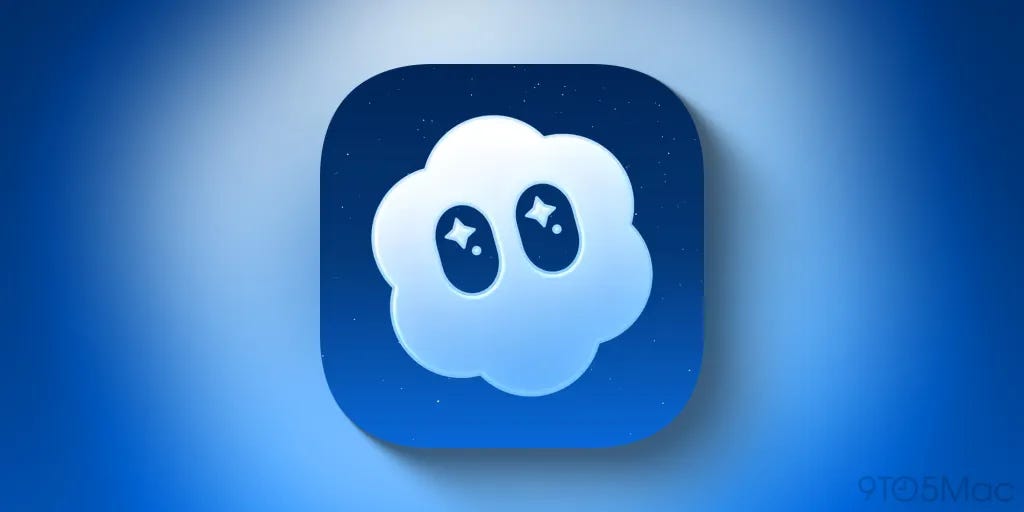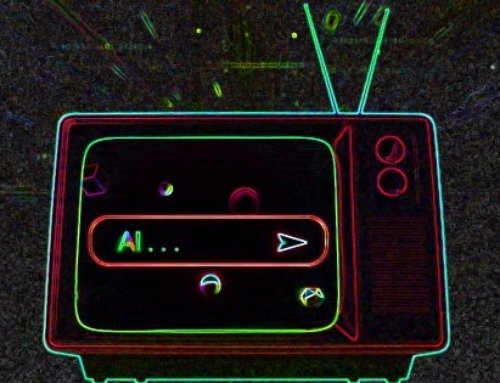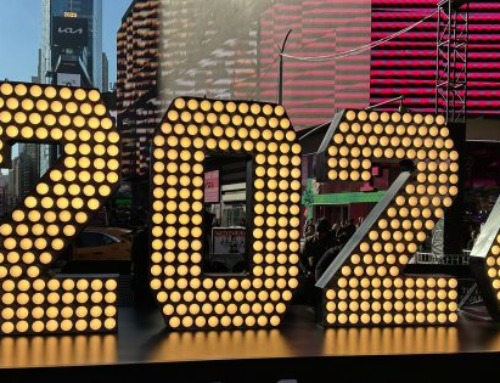Here are some implications and opportunities for brands and marketers to consider
AI-generated video content has reached a new inflection point. Last week, Meta debuted Vibes, a dedicated feed of AI-generated video inside the Meta AI app. On Tuesday, OpenAI one-upped Meta with the release of Sora 2, its latest video and audio generation model, as well as a standalone Sora app for users to create and share AI videos with each other.
Welcome to the deepfake dawn of social media.
Both companies are essentially trying to create a TikTok-like platform for AI video, but only Sora is gaining momentum at the moment, thanks to the fact that Sora allows users to create 3D avatars of themselves, which OpenAI calls “cameos,”(not to be confused with the app where people pay minor celebrities for customized videos,) and allows them to be deepfaked into whatever scenarios that the user prompts.
The irony here is thick. Meta, the company that’s nearly synonymous with social media, launched a video feed full of AI slops, with no mechanism that incentivizes users to share them. As Casey Newton notes in his Platformer column, posts on Vibes mainly contain fantastical images, just as Sora does, but without the human element. There are no friends and family here, just mildly stimulating animated images attempting to lure people into an infinite scroll.
Meanwhile, OpenAI is doing two things to ensure that Sora users will want to share the AI videos they create. First, the company says Sora would prioritize “connected content,” which means content from people you follow in the app, over content from random users that the algorithm deems popular. Moreover, it lifted a crucial feature from TikTok’s playbook: allowing people to easily remix the content they like using the same “cameo.” Suddenly, even the most brainrot AI slop becomes share-worthy, because it features the likeliness of yourself, or of the people you actually know.
Sure, AI videos have been proliferating through social media feeds for a while by now — my personal fav is the one where a woman holding a boulder smashing a glass bridge, which has turned into a meme. But now, the one-two punch of Vibes and Sora launching marks the beginning of a new era, where synthetic content is making a full-throated attempt at occupying people’s media time and attention on its own. And the implications for future media consumption and brand opportunities are immense to consider.
Deepfakes in Hyper-Personalized “Social” Media
If the current social media era already conditioned some people to develop a “main character syndrome,” then the arrival of AI video-driven social feed might make everyone feeling like a protagonist around whom the earth revolves.
The widespread case of digital narcissism could perhaps partially explain why people are drawn to Sora over Vibes. Once again, to quote Casey Newton at Platformer, Sora is the №3 most-downloaded app in the US App Store as of Thursday Oct. 2, trailing only Google’s Gemini and OpenAI’s own ChatGPT. Third-party estimates put downloads at around 164,000 in its first two days of release.
Yet, I think it’s worth noting that Sora’s out-of-gate viral success, despite being an invite-only app right now, is very much driven by curiosity and hype, and would caution against seeing it as evidence for long-term success. Recasting yourself or your friend in ridiculous or impossible scenarios might be funny enough to share with others for a while, but there’s no real social capital in AI-generated videos featuring your cameos. And social capital (or “clout” as the kids call it,) is ultimately what drives social sharing. It’s proof-of-life for what you’ve done and achieved.
Could deepfake videos of people you know be interesting enough to create new social media feed that people would want to return to repeatedly? Without the social capital incentivizing sharing, would people still make AI videos of their friends, once the novelty wears off, just for the fun of it?
Thinking about these two questions today, my answers are no, and no. That hyper-personalized content might be interesting to people within your IRL social graphs, but unless you’re famous, those videos will not be interesting to the vast majority of Sora users, which means they won’t scale. And without scale, there’s no monetization opportunities for creators. Thus, there’s hardly a chance for a creator economy develop on an app like Sora — unless you can make deepfake videos starring famous people and fictional characters that most people know.
Funny enough, that’s exactly what happened on Sora so far. Because OpenAI Sam Altman allowed all users to remix his cameo, AI videos of Sam Altman took over most Sora users’ “For You” feed this week, along with videos featuring popular cartoon characters such as Pikachu and Super Mario.
https://medium.com/media/8e0304f038d6cddde124c343a5d1d7c3/href
Although Sora users can also delete any cameos that have been made with their likeness, cartoon characters obviously won’t be able to make such requests. Naturally, this is raising alarm in Hollywood:
As entertainment journalist and podcaster Matt Belloni pointed out in an X post, some serious copyright infringement is happening on Sora:
https://medium.com/media/4e5cd5042704a04c8f3d8615ec1af903/href
The New York Times reports that Hollywood’s agencies are already taking actions and mobilizing against Sora. Talent agency WME sent out a memo internally stating that all of their agents have told OpenAI to opt their clients and IP holders out of Sora on a blanket-level basis. However, this has not stopped people creating videos based on the likeness of celebrities and other public figures so far. And Hollywood is certainly not going to take this lying down, if the recent outcry against AI actress Tilly Norwood is any indication.
Yet, there is an argument to be made about allowing some IP to be available on Sora could be beneficial to Hollywood in the long run. The entertainment industry is already freaking out over the (somewhat overblown) reports that Gen Z don’t watch TV shows anymore and only consume TV content as social media clips as they come across their feeds. So, instead of restricting access, why not try opening things up a bit and see what happens?
For instance, allowing fans to generate some personalized AI videos of themselves interacting with their favorite characters seems like harmless fun that can build affinity. Dinsey’s theme parks features all the popular characters interacting with visitors for the same reason. If anything, encouraging audiences to develop parasocial relationships with fictional characters might be Hollywood’s best shot at defending itself against the legions of content creators and podcasters chipping away people’s attention and, more importantly, affection.
(Granted, how the human actors that portray these characters should be compensated for the impressions that AI videos featuring their (characters’) likeness is a whole uncharted territory that will likely take many, many negotiations to sort out.)
More broadly, the same principle applies for non-entertainment brands as well. Unlike the “Google Zero” dead internet that we’re approaching, where most content will be consumed not by human users but by AI bots, brands can still directly interface with their audiences, if they are willing to put out some branded assets on Sora, set some brand safety perimeters, and let people have fun with it to see what type of personal creation emerges.
After all, we are already living in an era where some brands intentionally center the audiences in their brand narratives. The latest example that came to mind is Hilton hotel’s new TikTok series that aims to give Gen Z and Millennial travelers a feeling of “main character energy” through a choose-your-own-adventure style story in TikTok format. Today, this type of campaigns tends to lean into beloved niche creators and gamified elements to engage audiences; tomorrow, Sora could simply generate a hyperplastic campaign video that stars the viewers themselves.
Even in a feed of AI slop, people still crave recognition and a sense of belonging. By letting audiences pull your assets into their self-narratives on their terms, brands can perhaps trade mass reach for a more intimate type of customer relationships.
Sora and Vibes: AI Video Now Officially Going After Social Media was originally published in IPG Media Lab on Medium, where people are continuing the conversation by highlighting and responding to this story.






